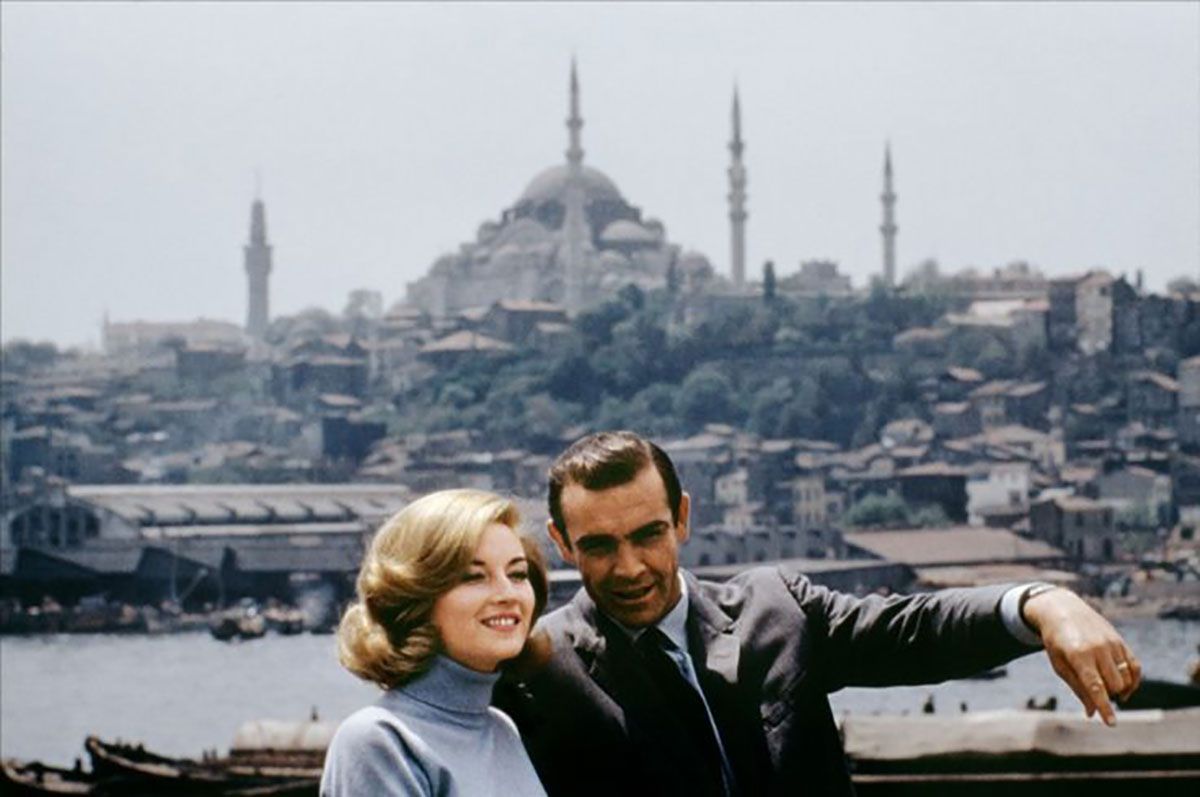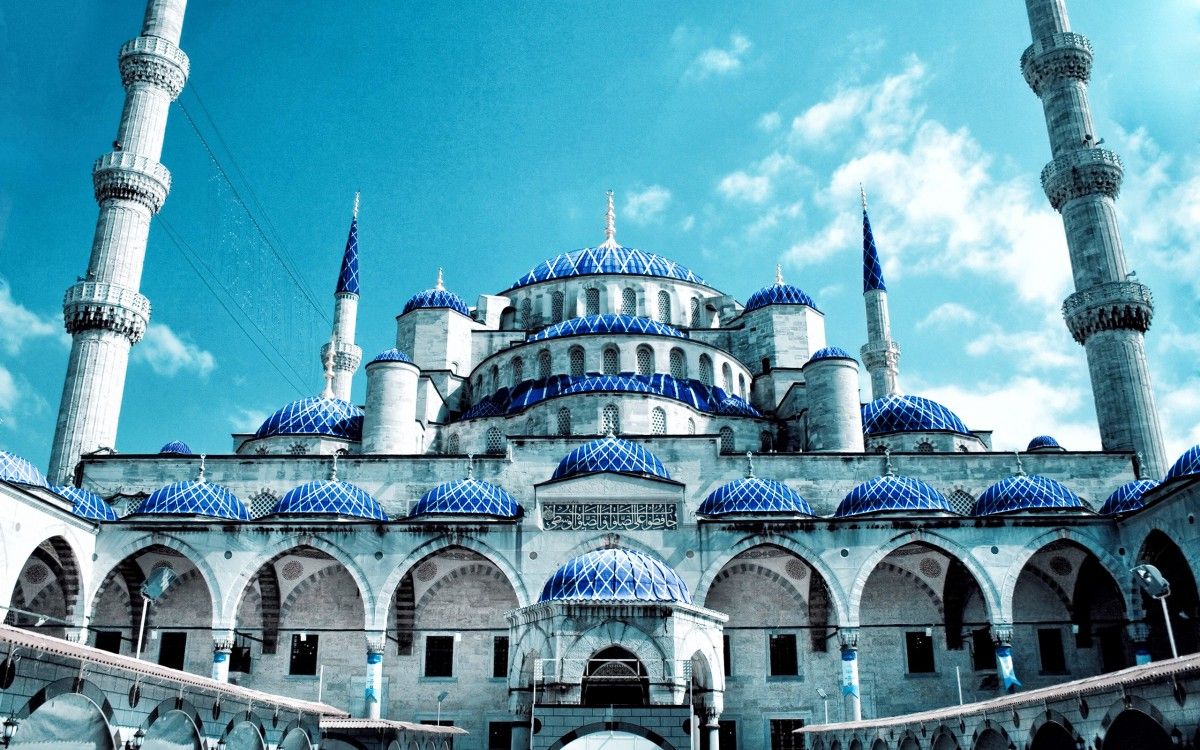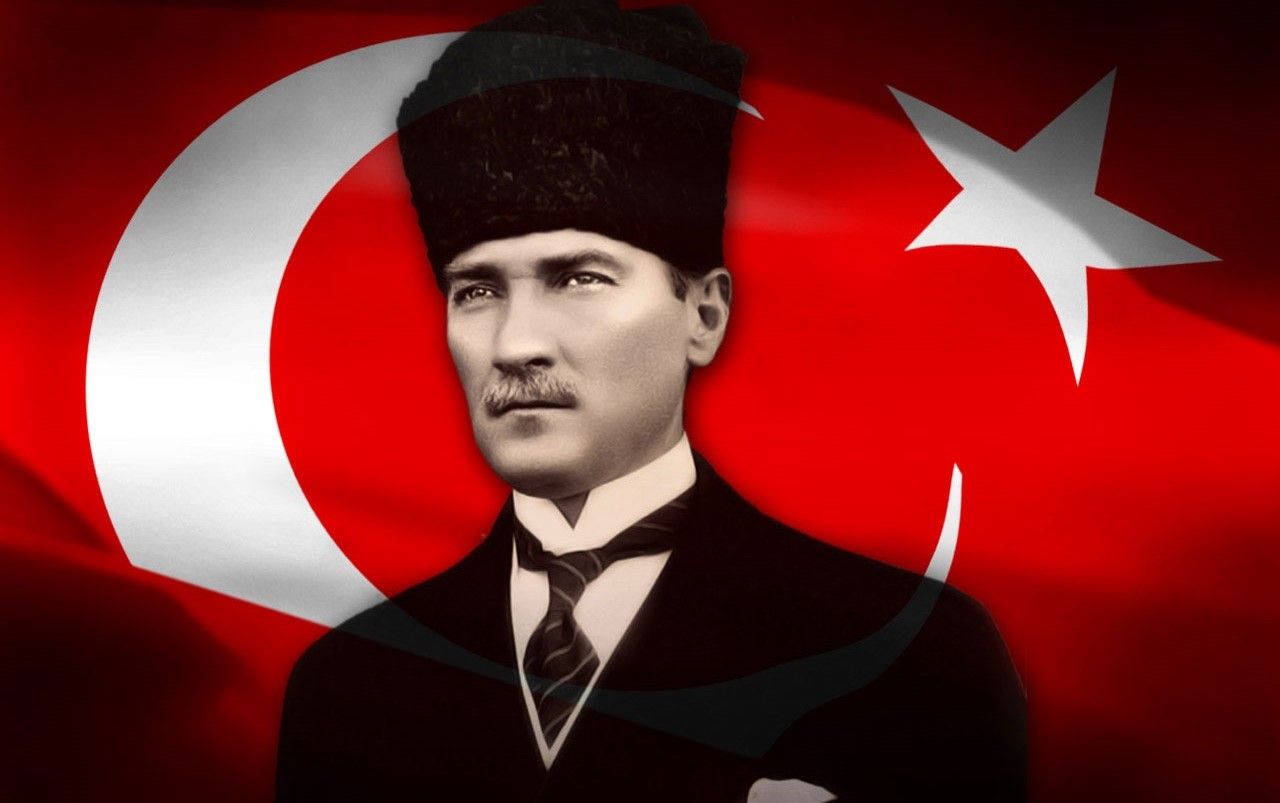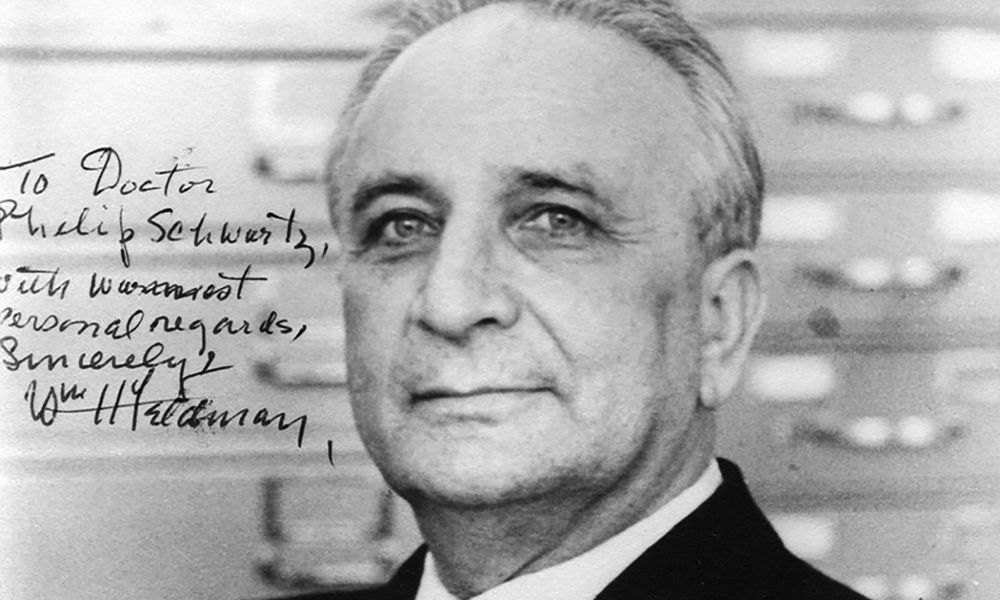Good news for film-lovers! The 35th İstanbul Film Festival is on the horizon.
Initiated by the Foundation for Culture and Arts (IKSV) as a cinema week in 1982, this is the oldest film festival in İstanbul, and now will feature 221 films by 223 directors from 62 countries. The festival will run from April 7 through April 17, and the films will be shown in different theatres of İstanbul.
Tickets are sale starting on the following website: www.biletix.com
We checked out most of the films and made a considerably interesting watch list.
#1 – Akounak Tedalat Taha Tazoughai (Rain the Color of Blue with a Little Blue in It) [ 2015 ] – NIGER
[su_youtube_advanced url=”https://www.youtube.com/watch?v=QHgEuzv-zNA” width=”640″ showinfo=”no” rel=”no”]
Storyline: A revolutionary story of guitars, motorcycles, cell phones, and the music of a new generation.
Director: Christopher Kirkley
Screenwriter: Mdou Moctar, Christopher Kirkley, Jerome Fino
Cinematographer: Jerome Fino
Editor: Sara El Rhazoui, Jerome Fino, Christopher Kirkley
Cast: Mdou Moctar, Rhaicha Ibrahim, Fatimata Falo, Ahmoudou Madassane, Abdoulaye Souleymane, Kader Tanoutanoute
Producer: Christopher Kirkley
Showtimes:
April 9th 16:00 Fitaş Theatre 6
April 10th 19:00 Rexx Theatre 5
April 14th 16:00 Aksanat
#2 – Mediterranea [2015] – ITALY
[su_youtube_advanced url=”https://www.youtube.com/watch?v=1tza2aOL_xk” width=”640″ showinfo=”no” rel=”no”]
Storyline: Two men make the dangerous journey from Africa to Italy for a better life, but then face hostility and violence in this shocking look at the life-and-death struggle of refugees.
Director: Jonas Carpignano
Screenwriter: Jonas Carpignano
Cinematographer: Wyatt Garfield
Editor: Nico Leunen, Affonso Gonbalves, Sanabel Chiraqoui / Özgün Müzik: Benh Zeitlin, Dan Romer
Cast: Koudous Seihon, Alassane Sy
Producer: Jon Coplon, Gwyn Sannia, Jason Michael Berman, Chris Columbus, Christoph Daniel, Andrew Kortschak, John Lesher, Ryan Lough, Justin Nappi, Alain Peyrollaz, Marc Schmidheiny, Victor Shapiro, Ryan Zacarias
Showtimes:
April 7th 16:00 Rexx Theatre 1
April 11th 11:00 Fitaş Theatre 4
#3 – High-Rise [ 2015 ] – UK
[su_youtube_advanced url=”https://www.youtube.com/watch?v=LKPghZ5cc_E” width=”640″ showinfo=”no” rel=”no”]
Storyline: Life for the residents of a tower block begins to run out of control.
Director: Ben Wheatley
Screenwriter: Amy Jump
Cinematographer: Laurie Rose / Özgün Müzik: Clint Mansell
Cast: Tom Hiddleston, Jeremy İrons, Sienna Miller, Elizabeth Moss, Luke Evans, Stacy Martin
Producer: Thorsten Schumacher, Jeremy Thomas, Anna Higgs, Alainée Kent, Sam Lavender
Showtimes:
April 13th 21:30 Rexx Theatre 1
April 14th 19:00 Atlas
April 17th 21:30 Ortaköy Feriye
#4 – Boi Neon (Neon Bull) [ 2015 ] – BRAZIL
[su_youtube_advanced url=”https://www.youtube.com/watch?v=HNbqCsAwXgw” width=”640″ showinfo=”no” rel=”no”]
Storyline: Iremar works at the “Vaquejadas”, a rodeo in the North East of Brazil where two men on horseback try bring down a bull by grabbing its tail. It’s dusty and back-breaking work, but Iremar is a natural vaqueiro feeding, prepping and taking care of the bulls. Home is the truck used to transport the animals from show to show which he shares with his coworkers; Galega, an exotic dancer, truck driver and mother to her spirited and cheeky daughter Cacá, and Zé, his rotund compadre in the bull pen. Together they form a makeshift but close-knit family. But Brazil and the Northeast are changing and the region’s booming clothing industry has stirred new ambitions in Iremar. Swinging in his hammock in the back of the truck, his head is filled with dreams of pattern cutting, sequins and exquisite fabrics as he mentally assembles his latest sexy fashion designs.
Director: Gabriel Mascaro
Screenwriter: Gabriel Mascaro
Cinematographer: Diego Garcia
Editor: Fernando Epstein, Eduardo Serrano / Özgün Müzik: Otávio Santos, Cláudio N, Carlos Montenegro
Cast: Juliano Cazarré, Maeve Jinkings, Aline Santana, Carlos Pessoa, Vinicíus De Oliveira
Producer: Rachel Ellis
Showtimes:
April 7th 13:30 Fitaş Theatre 4
April 10th 13:30 Ortaköy Feriye
#5 – Brooklyn [ 2015 ] – USA / IRELAND
[su_youtube_advanced url=”https://www.youtube.com/watch?v=15syDwC000k” width=”640″ showinfo=”no” rel=”no”]
Storyline: An Irish immigrant lands in 1950s Brooklyn, where she quickly falls into a romance with a local. When her past catches up with her, however, she must choose between two countries and the lives that exist within.
Director: John Crowley
Screenwriter: Nick Hornby, Colm Tóibín / Özgün Yapıt: Colm Tóibín
Cinematographer: Yves Bélanger
Editor: Jake Roberts / Özgün Müzik: Michael Brook
Cast: Saoirse Ronan, Domhnall Gleeson, Emory Cohen, Jim Broadbent, Julie Walters, Fiona Glascott, Jessica Paré
Producers: Finola Dwyer, Amanda Posey
Showtimes:
April 8th 21:30 Fitaş Theatre 4 / 21:30 Rexx Theatre 1
April 9th 19:00 Atlas
April 16th 19:00 H. Ahmet Yesevi KM
April 17th 16:00 Ortaköy Feriye / 19:00 Türkan Saylan KM
#6 – Belgica [2016] – BELGIUM
[su_youtube_advanced url=”https://www.youtube.com/watch?v=oz1yQcfEGX4″ width=”640″ showinfo=”no” rel=”no”]
Storyline: The drama follows two brothers who start a bar and get swept up in its success in the midst of Belgium’s nightlife scene.
Director: Felix Van Groeningen
Screenwriter: Felix Van Groeningen, Arne Sierens
Cinematographer: Ruben İmpens
Editor: Nico Leunen / Özgün Müzik: Soulwax
Cast: Stef Aerts, Tom Vermeir, Hélène Devos, Charlotte Vandermeersch
Producer: Dirk Impens
Showtimes:
April 7th 19:00 Atlas
April 8th 13:30 Fitaş Theatre 4
April 9th 13:30 Rexx Theatre 1
#7 – La Tierra y La Sombra (Land and Shade) [ 2015 ] – BRAZIL
[su_youtube_advanced url=”https://www.youtube.com/watch?v=UG3citOqODI” width=”640″ showinfo=”no” rel=”no”]
Storyline: After having left a long time ago, a humble country sugar cane worker returns home to meet his grandson and deal with the hardships his family has been put into.
Director: César Augusto Acevedo
Screenwriter: César Augusto Acevedo
Cinematographer: Mateo Guzmán
Editor: Miguel Schverdfinger
Cast: Haimer Leal, Hilda Ruiz, Edison Raigosa, Marleyda Soto, José Felipe Cárdenas
Producer: Jorge Forero
Showtimes:
April 7th 16:00 Fitaş Theatre 6
April 8th 21:30 Rexx Theatre 5
April 12th 11:00 Ortaköy Feriye
#8 – Killer of Sheep [ 1978 ] – USA
[su_youtube_advanced url=”https://www.youtube.com/watch?v=-nXw-8MXhVE” width=”640″ showinfo=”no” rel=”no”]
Storyline: Stan works in drudgery at a slaughterhouse. His personal life is drab. Dissatisfaction and ennui keep him unresponsive to the needs of his adoring wife, and he must struggle against influences which would dishonor and endanger him and his family.
Director: Charles Burnett
Screenwriter: Charles Burnett
Cinematographer: Charles Burnett
Editor: Charles Burnett
Cast: Henry G. Sanders, Kaycee Moore, Charles Bracy, Angela Burnett
Producer: Charles Burnett
Showtimes:
April 9th 21:30 Fitaş Theatre 6
April 10th 13:30 Rexx Theatre 5
April 15th 16:00 Beyoğlu
#9 – Zjednoczone Stany Miłości (United States of Love) [ 2016 ] – POLAND
[su_youtube_advanced url=”https://www.youtube.com/watch?v=bTmBP-tVEZc” width=”640″ showinfo=”no” rel=”no”]
Storyline: Poland, 1990. The first euphoric year of freedom, but also of uncertainty for the future. Four apparently happy women of different ages decide it’s time to change their lives, and fulfill their desires.
Director: Tomasz Wasilewski
Screenwriter: Tomasz Wasilewski
Cinematographer: Oleg Mutu
Editor: Beata Walentowska
Cast: Julia Kijowska, Magdalena Cielecka, Dorota Kolak, Marta Nieradkiewicz, Lukasz Simlat
Showtimes:
April 10th 21:30 Atlas
April 11th 13:30 Fitaş Theatre 4
April 12th 21:30 Ortaköy Feriye
#10 – The Lady in the Van [ 2015 ] – UK
[su_youtube_advanced url=”https://www.youtube.com/watch?v=OA8tMziteZM” width=”640″ showinfo=”no” rel=”no”]
Storyline: A man forms an unexpected bond with a transient woman living in her van that’s parked in his driveway.
Director: Nicholas Hytner
Screenwriter: Alan Bennett / Özgün Yapıt: “The Lady in the Van”, Alan Bennett
Cinematographer: Andrew Dunn
Editor: Tariq Anwar / Özgün Müzik: George Fenton
Cast: Maggie Smith, Alex Jennings, Frances De La Tour, Roger Allam
Producers: Kevin Loader, Nicholas Hytner, Damian Jones
Showtimes:
April 11th 21:30 Fitaş Theatre 4 / 21:30 Rexx Theatre 1
April 12th 19:00 Atlas
#11 – Michael Jackson´S Journey From Motown To Off The Wall [ 2016 ] – USA
[su_youtube_advanced url=”https://www.youtube.com/watch?v=csrt1obEnJ0″ width=”640″ showinfo=”no” rel=”no”]
Storyline: A look at the life of the late pop star Michael Jackson from his early days at Motown Records to the release of his hit 1979 album, Off the Wall.
Director: Spike Lee
Cinematographer: Kerwin Devonish
Editor: Ryan Denmark, Barry Alexander Brown
Producer: Spike Lee, John Branca, John Mcclain
Showtimes:
April 8th 13:30 Fitaş Theatre 6
April 16th 19:00 Ortaköy Feriye
April 17th 19:00 Rexx Theatre 1
#12 – Reminiscences Of A Journey To Lithuania [ 1972 ] – USA
[su_youtube_advanced url=”https://www.youtube.com/watch?v=3p57X5dqYM0″ width=”640″ showinfo=”no” rel=”no”]
Storyline: It records the return visit of brothers Jonas and Adolfas Mekas to their homeland of Lithuania. They apparently left the country near the end of World War II, and suffered various hardships on their way to America. Until the time of this film (1972), they had never been back to Lithuania.
Director: Jonas Mekas
Cinematographer : Jonas Mekas
Editor: Jonas Mekas
Cast: Peter Kubelka, Annette Michelson, Daniel Rogosin
Showtimes:
April 7th 19:00 İstanbul Modern
April 9th 13:30 İstanbul Modern
#13 – Hail, Caesar! [ 2016 ] – USA, UK
[su_youtube_advanced url=”https://www.youtube.com/watch?v=kMqeoW3XRa0″ width=”640″ showinfo=”no” rel=”no”]
Storyline: Hail Caesar! Follows a day in the life of Eddie Mannix, a Hollywood fixer for Capitol Pictures in the 1950s, who cleans up and solves problems for big names and stars in the industry. But when studio star Baird Whitlock disappears, Mannix has to deal with more than just the fix.
Director: Joel Coen, Ethan Coen
Screenwriter: Joel Coen, Ethan Coen
Cinematographer: Roger Deakins
Editor: Joel Coen, Ethan Coen
Cast: Josh Brolin, George Clooney, Alden Ehrenreich, Ralph Fiennes, Jonah Hill, Scarlett Johansson, Tilda Swinton, Channing Tatum
Showtimes:
April 10th 21:30 Rexx Theatre 1 / 21:30 Fitaş Theatre 4
April 11th 19:00 Atlas
April 17th 19:00 Ortaköy Feriye
#14 – El Clan (The Clan) [ 2015 ] – ARGENTINA, SPAIN
[su_youtube_advanced url=”https://www.youtube.com/watch?v=cV4jSwCrR44″ width=”640″ showinfo=”no” rel=”no”]
Storyline: The true story of the Puccio Clan, a family who kidnapped and killed people in the 80s.
Director: Pablo Trapero
Screenwriter: Pablo Trapero
Cinematographer: Julian Apezteguía
Editor: Pablo Trapero, Alejandro Carrillo Penovi
Cast: Guillermo Francella, Peter Lanzani, Lili Popovich
Showtimes:
April 9th 21:30 Rexx Theatre 1 / 21:30 Fitaş Theatre 4
April 10th 19:00 Atlas
April 16th 21:30 Türkan Saylan KM
April 17th 21:30 H. Ahmet Yesevi KM / 21:30 Fitaş Theatre 6
#15 – Kötü Kedi Şerafettin (Bad Cat Şerafettin) [ 2016 ] – TURKEY
[su_youtube_advanced url=”https://www.youtube.com/watch?v=un5n6tpRT-8″ width=”640″ showinfo=”no” rel=”no”]
Storyline: The Bad Cat is an animated epic for young adults featuring the unforgettably bad cat, Shero and his foul mouthed gang in action. As animals inhabiting streets Shero and his friends are after what anyone else in their notoriously sleazy İstanbul neighborhood wants: debauchery with girls, food and the occasional drinking binge. This ordinary looking day will prove otherwise as their paths cross with humans, things get a little out of hand in hilarious, harsh and unexpected ways.
Director: Mehmet Kurtuluş, Ayşe Ünal
Screenwriter: Levent Kazak, Bülent Üstün
Cinematographer: Barış Ulus
Editor: Aylin Zoi Tinel Canlandırma/Animator: Ahmet Tabak, Alp Gürsoy, Bora Şahin / Özgün Müzik: Oğuz Kaplangı, Sabri Tuluğ Tırpan, Serkan Çeliköz
Cast: Uğur Yücel, Demet Evgar, Okan Yalabık, Güven Kıraç, Ahmet Mümtaz Taylan, Yekta Kopan, Cezmi Baskın, Ayşen Gruda, Gökçe Özyol
Producer: Mehmet Kurtuluş, Vehbi Berksoy, Can Deniz Şahin
Showtimes:
April 11th 19:00 Fitaş Theatre 6
LOCATIONS OF THEATRES
Ahmet Yesevi KM: Esentepe Mah. Hoca Ahmet Yesevi Cad. 2367.Sk. Sultangazi
Aksanat: İstiklal Cad. No:8 Taksim, Beyoğlu
Atlas: İstiklal Cad. No:131 Atlas Pasajı, Taksim, Beyoğlu
Beyoğlu: İstiklal Cad. No:62 Halep Pasajı D:62 Taksim, Beyoğlu
Fitaş Theatre: İstiklal Cad. Fitaş Pasajı No: 12 Beyoğlu
İstanbul Modern: Liman İşletmeleri Sahası Antrepo Meclisi Mebusan Cad. No:4 Karaköy, Beyoğlu
Ortaköy Feriye: Çırağan Cad. No: 40 Ortaköy, Beşiktaş
Rexx Theatre: Caferağa Mh. Bahariye Cad. Sakızgülü Sok. No:20 Caferağa, Kadıköy
Türkan Saylan KM: Gülsuyu Mh. Nar Sk. E-5 Yanyol (D-100 Karayolu) Gülsuyu, Maltepe





































































